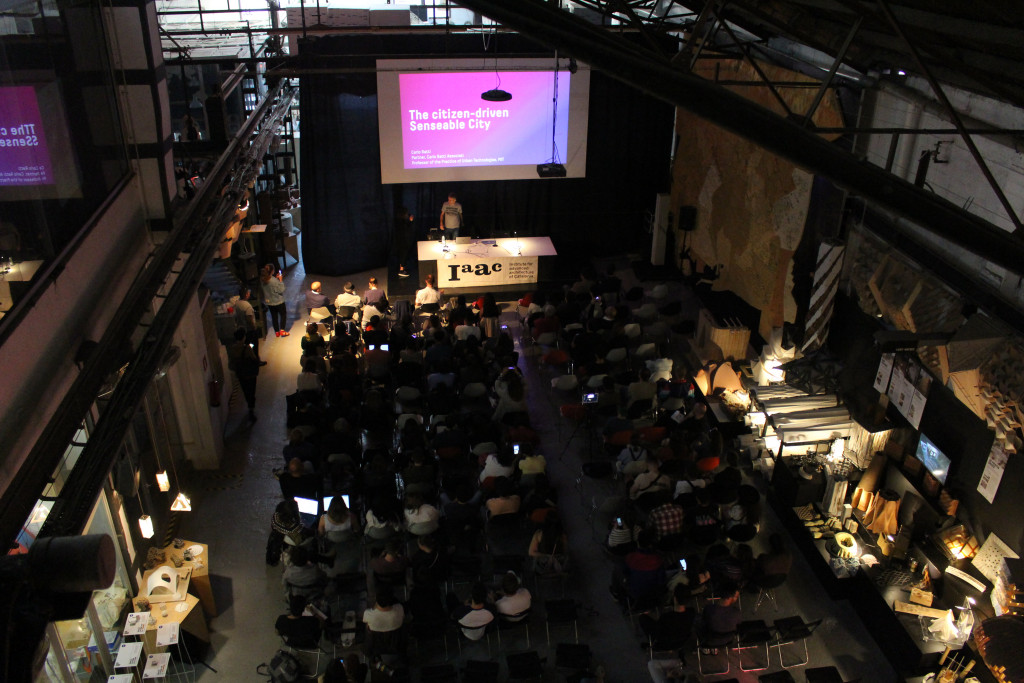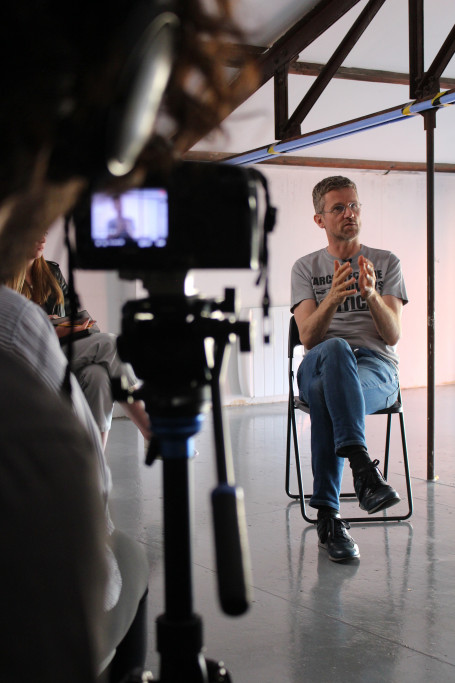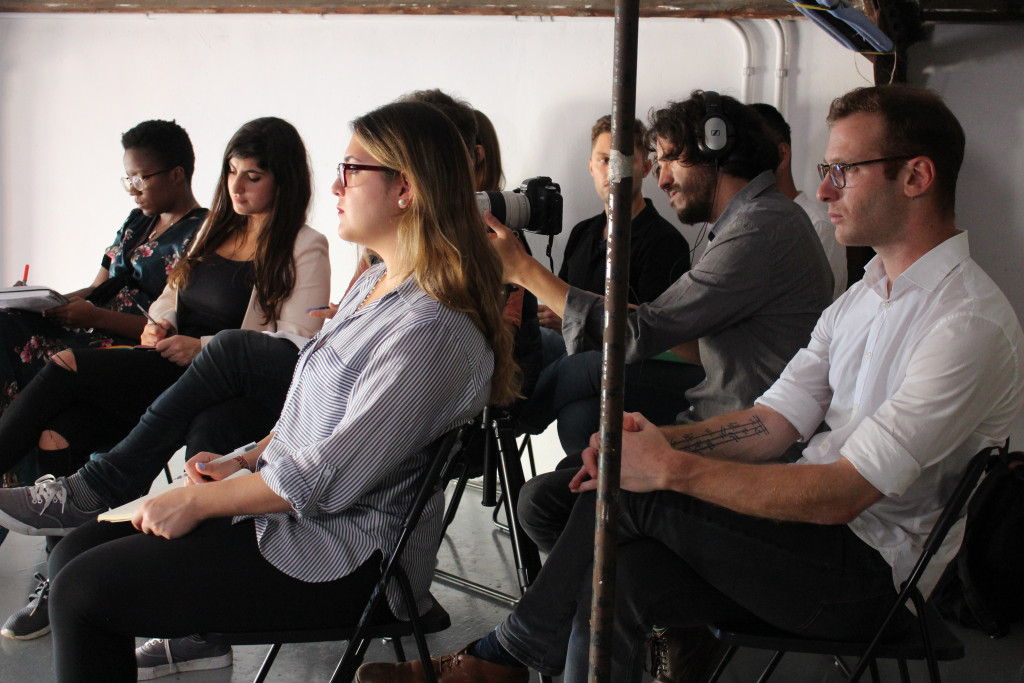The Eyes of the City: MaCT Students Answer 2019 Shenzhen Biennale's Open Call
The last two decades have witnessed an increasing penetration of digital technologies in the physical space – a phenomenon often described as the emergence of the Internet of Things. This ushered in a series of radical changes in how we conceive, design and live the city.
More recently, with particular prominence in China, technological advancements such as AI and facial recognition have been accelerating a process by which the built environment is becoming more and more able to sense people’s needs in real time.
We are now reaching an unprecedented scenario, whereby architectural space is acquiring the ability to ‘see’: it can potentially recognize us and autonomously react to our presence. What can the consequences of this new scenario be on urban life?
Last Thursday’s lecture by Carlo Ratti addressed these issues from a critical point of view, through projects by the Senseable City Laboratory, a research initiative at the Massachusetts Institute of Technology, and the design office Carlo Ratti Associati.
A few hours earlier MaCT students and IAAC Academic Director Areti Markopoulou interviewed Carlo Ratti on behalf of UrbanNext, Reflecting on how the built environment is acquiring the ability to sense and react to users in real time.
Friday was also the day of the final presentations of the Master in City & Technology‘s The Eyes of the City Workshop, which was a response to an open call for contributions to the 2019 Shenzhen Biennale whose curatorial statement, the Eyes of the City, explores the paradigm shift from inanimate architecture to a built environment that is quickly acquiring the ability to see and react to users in real time.
Working in teams, MaCT students have been developing concepts for new products and services that leverage on face recognition technology. Participants freely to interpreted the debate on facial recognition and privacy, and they’ve been ready to defend their position.



